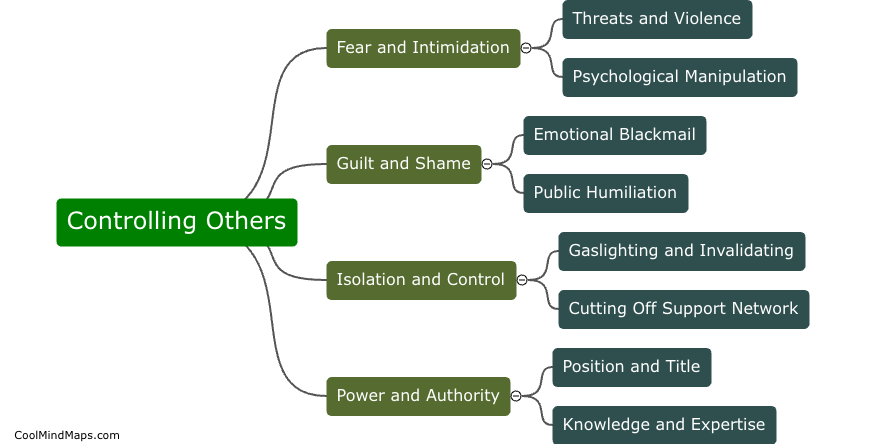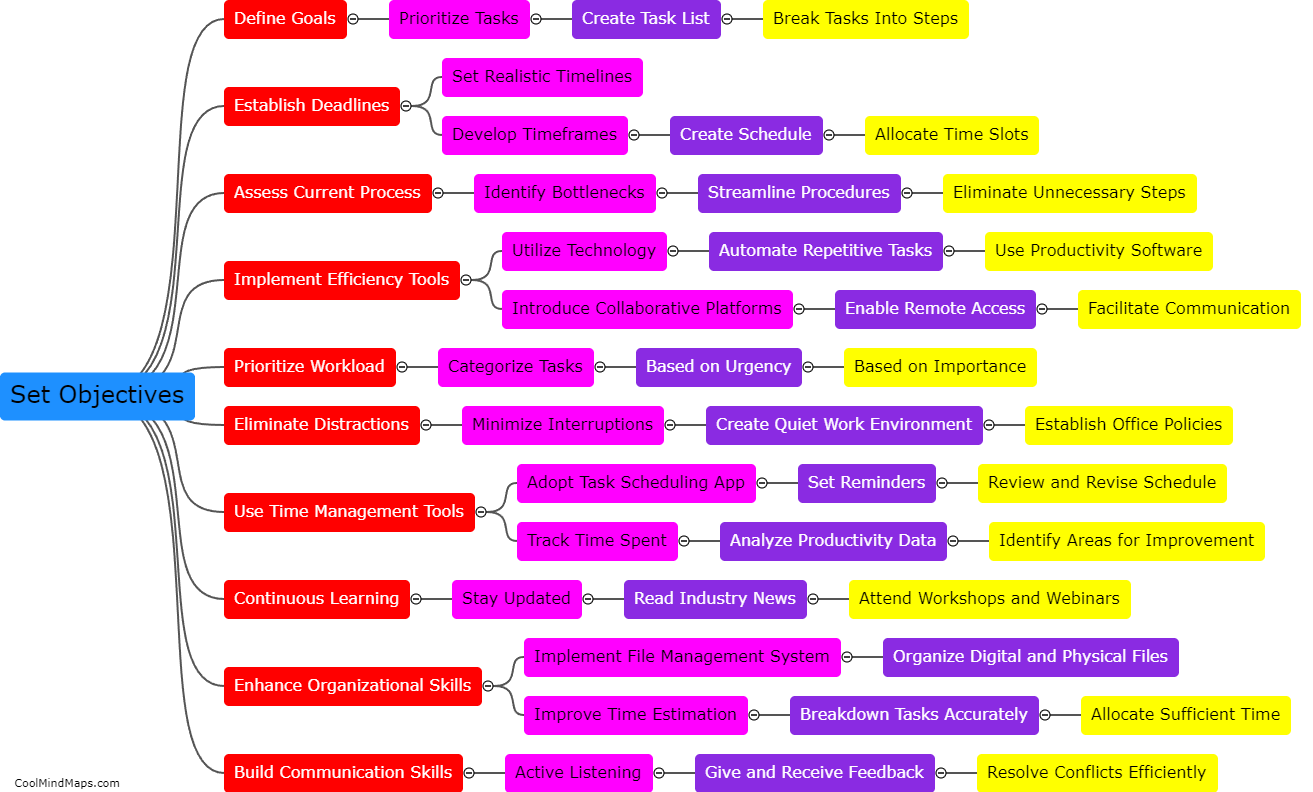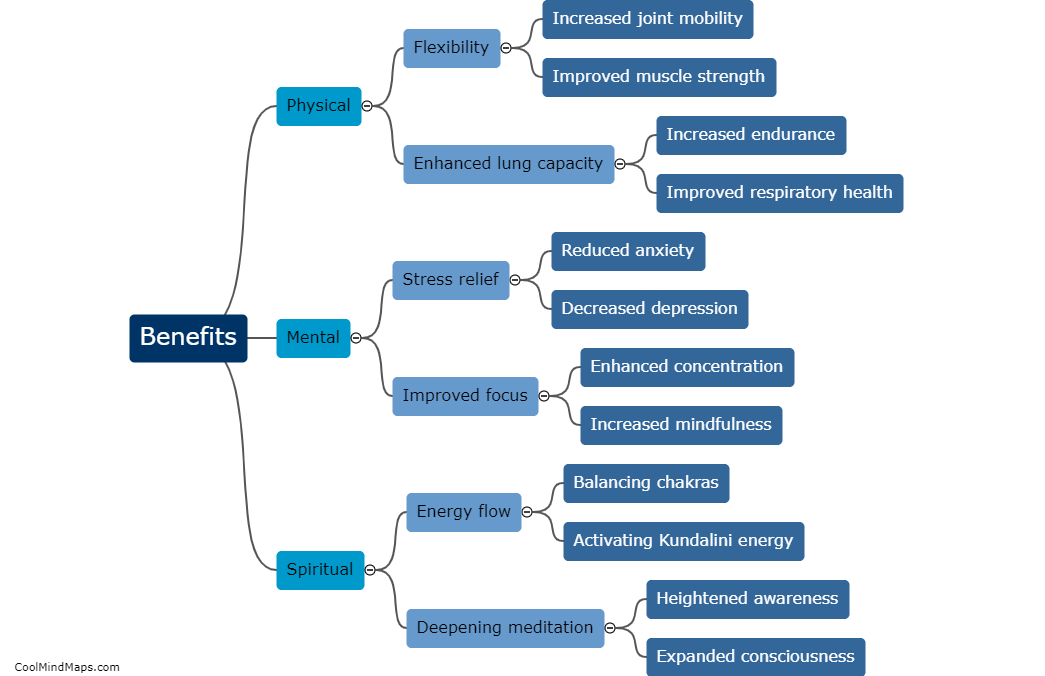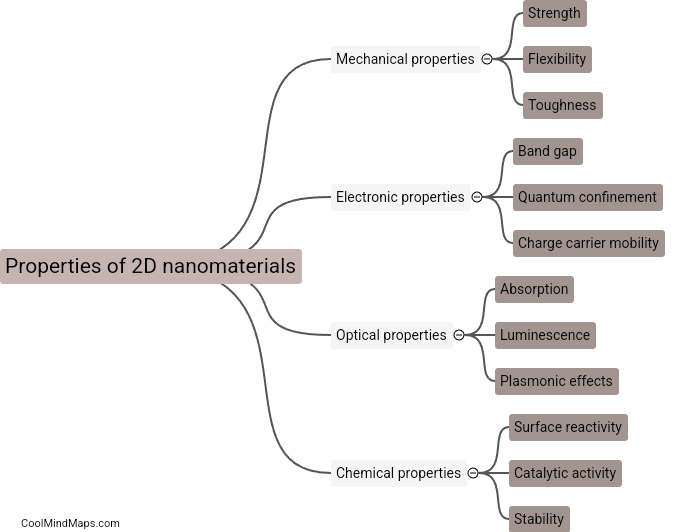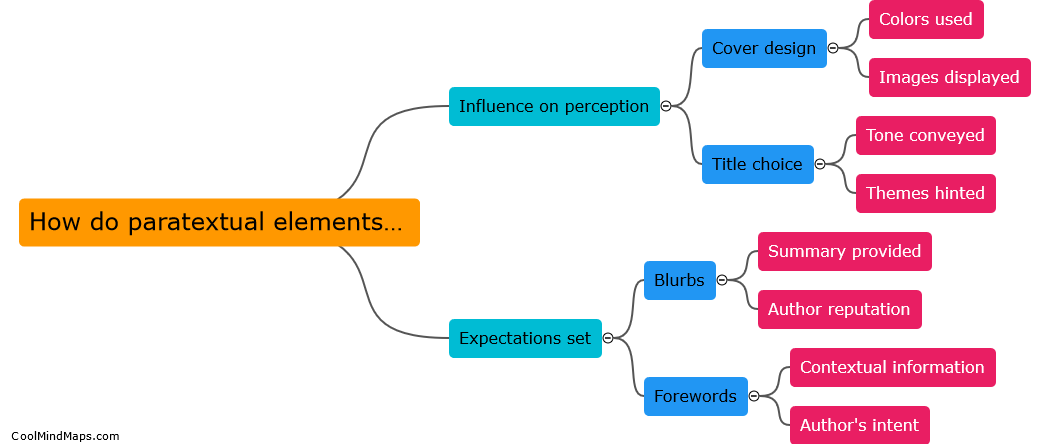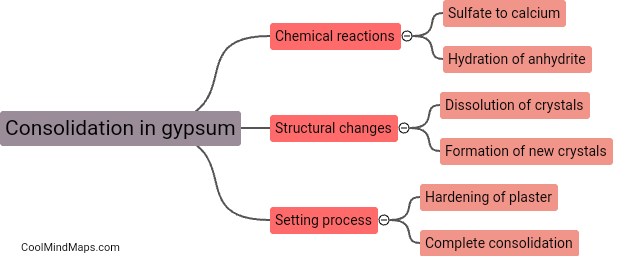Techniques and materials used in Persian Quranic illumination
Persian Quranic illumination, also known as Tazhib, is an intricate art form that involves the decorative embellishment of Quranic texts. The techniques used in Persian Quranic illumination include intricate motifs, intricate hand-painted designs, and intricate calligraphy. Gold leaf is commonly used to highlight and emphasize certain elements of the text. The materials used in this art form typically include high-quality paper or parchment, natural pigments, and a variety of brushes. The end result is a visually stunning and spiritually significant piece of art that enhances the sacred text of the Quran.

This mind map was published on 21 September 2024 and has been viewed 32 times.
